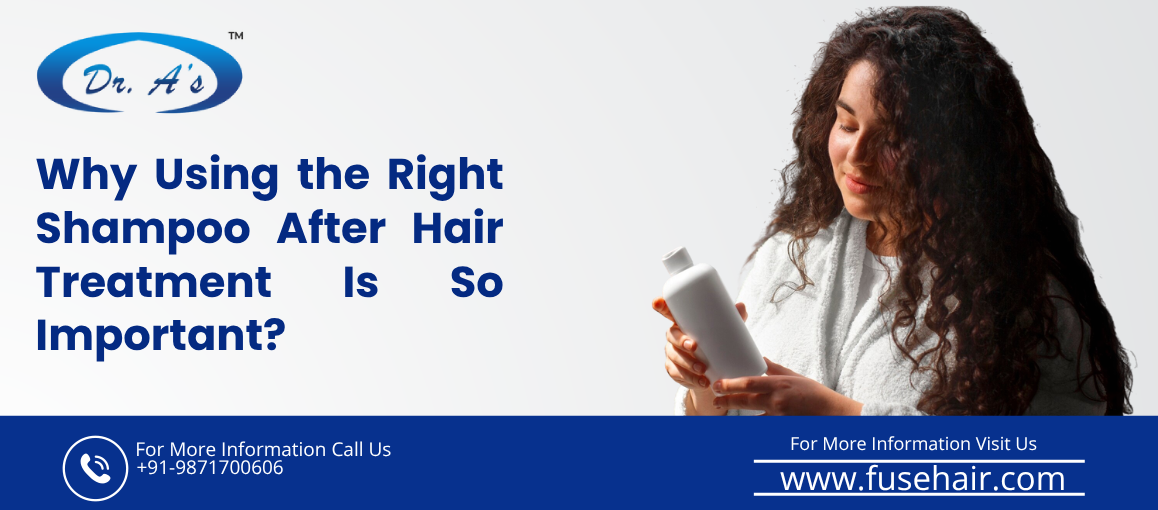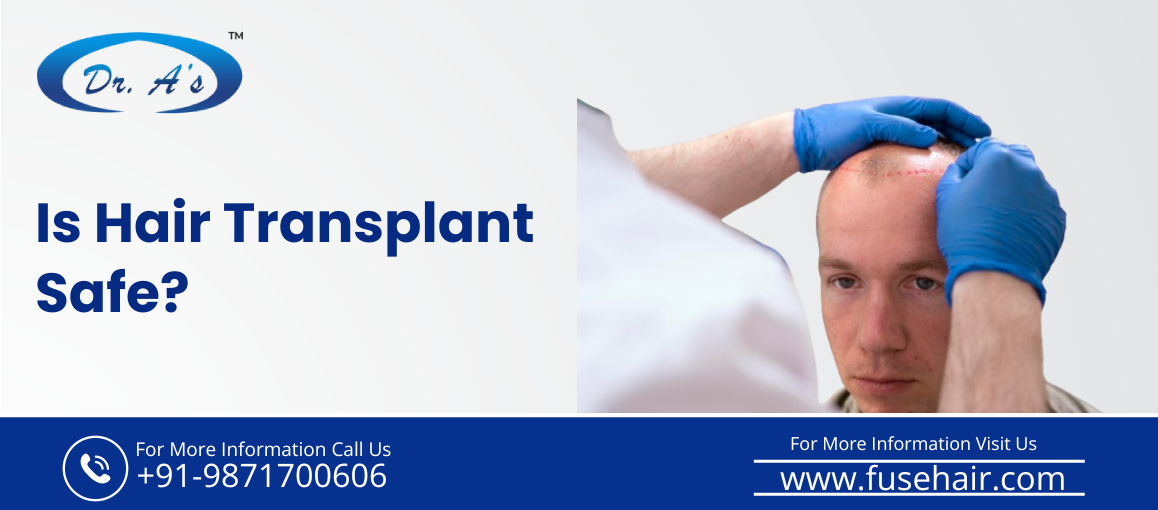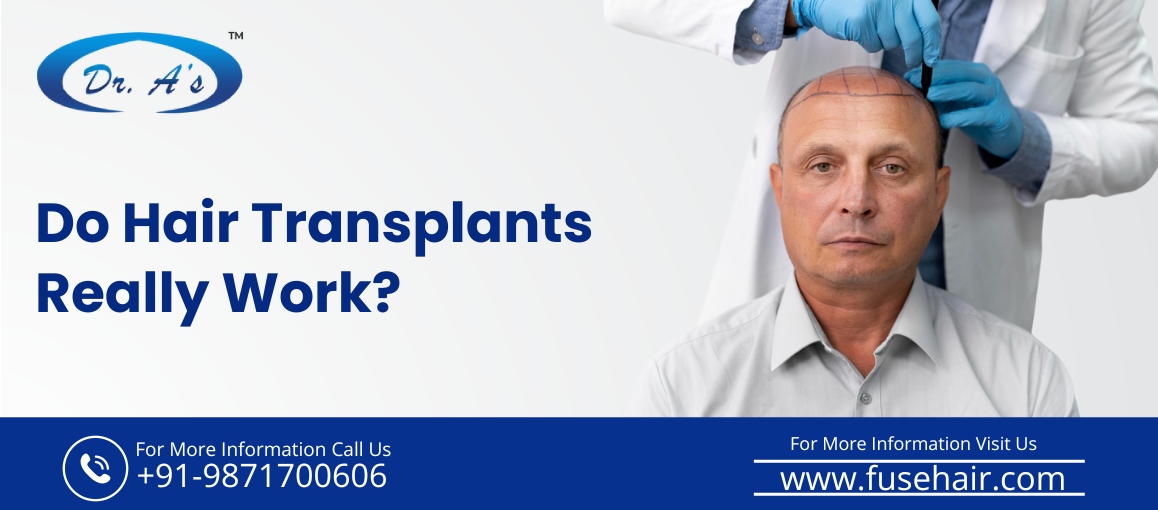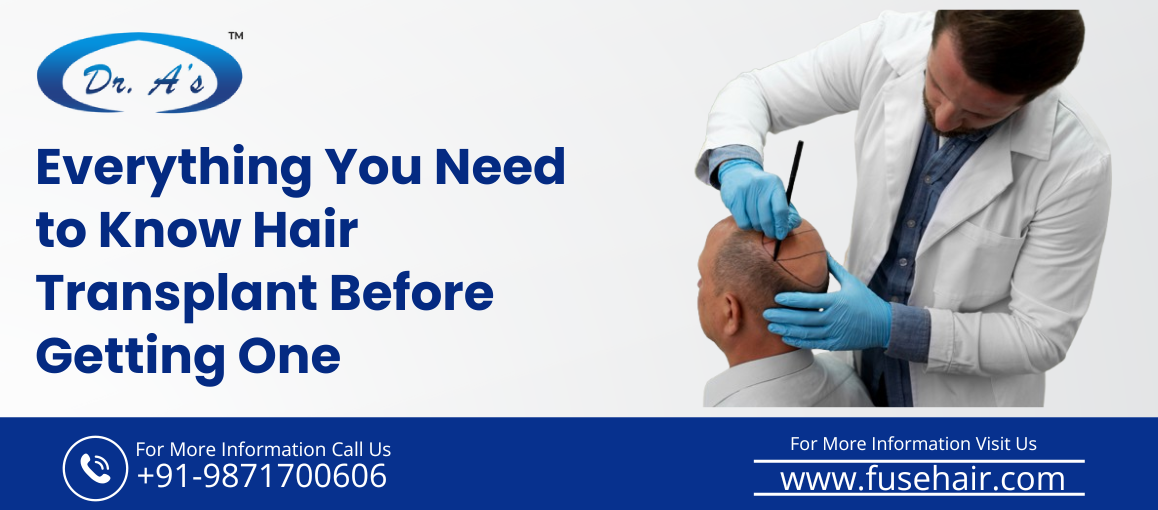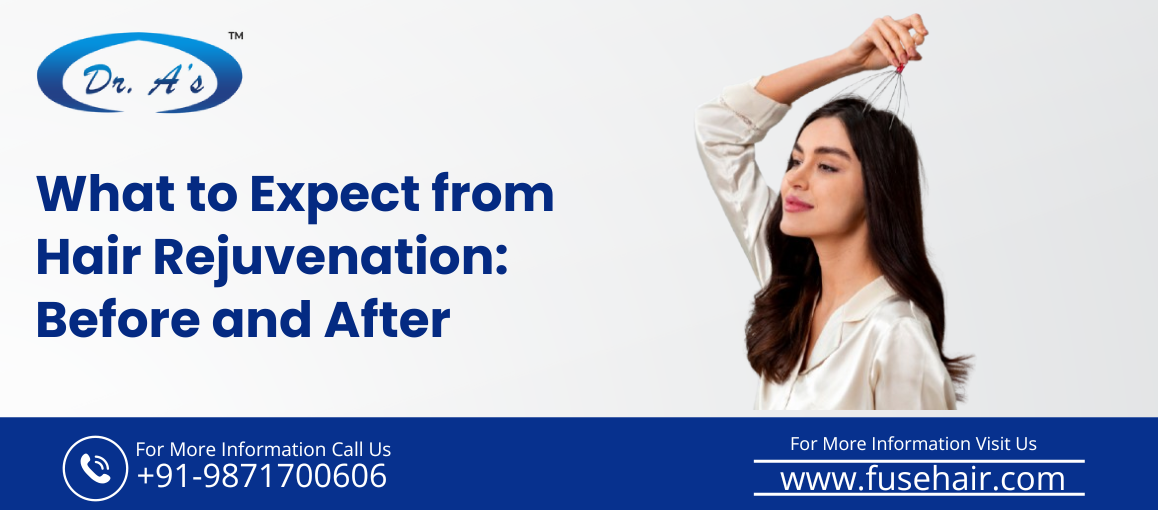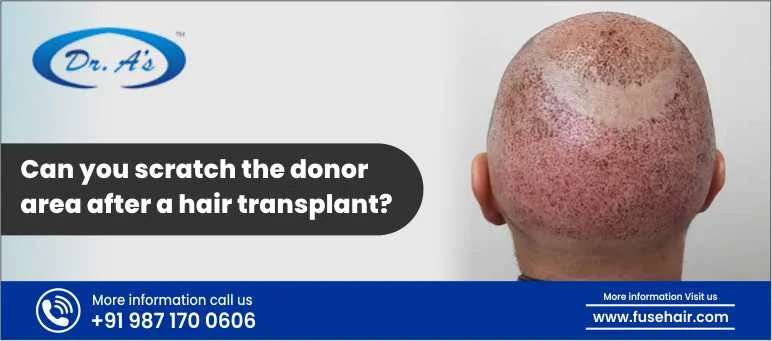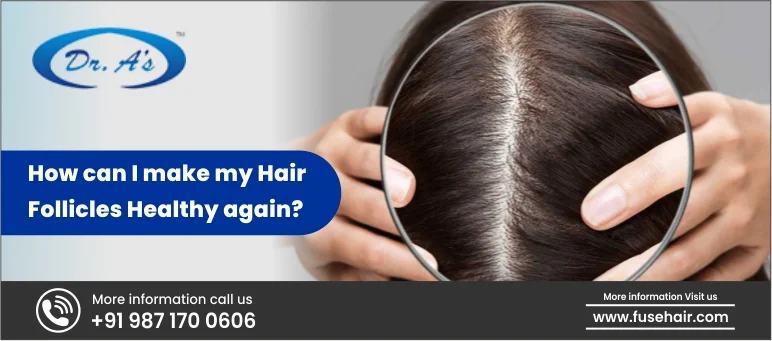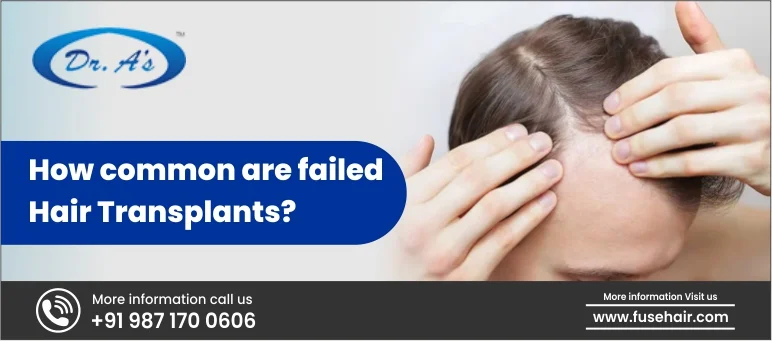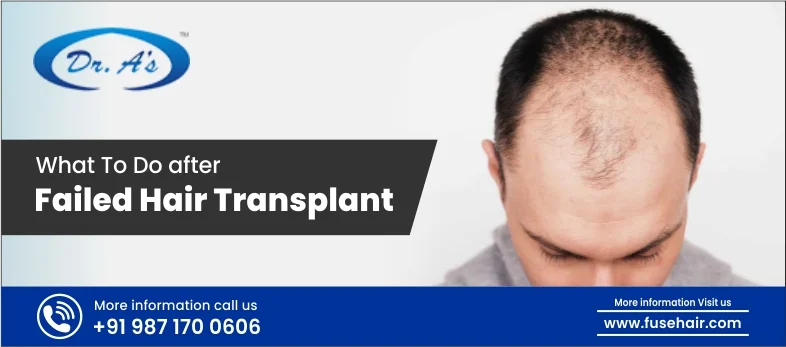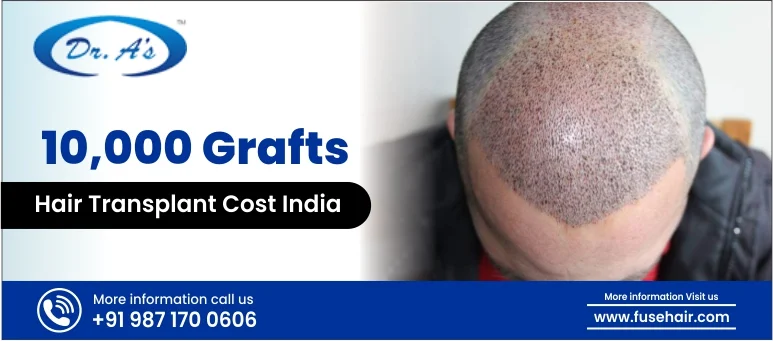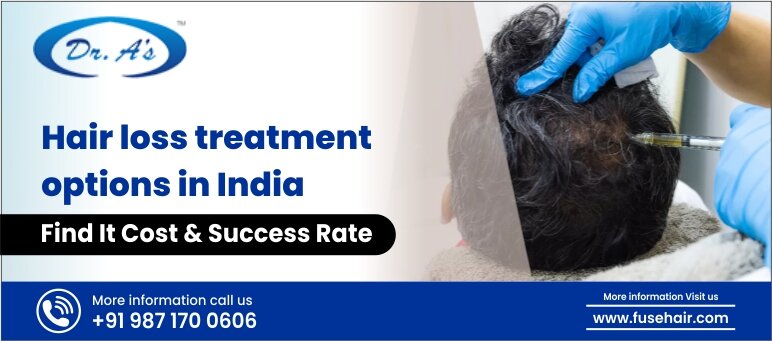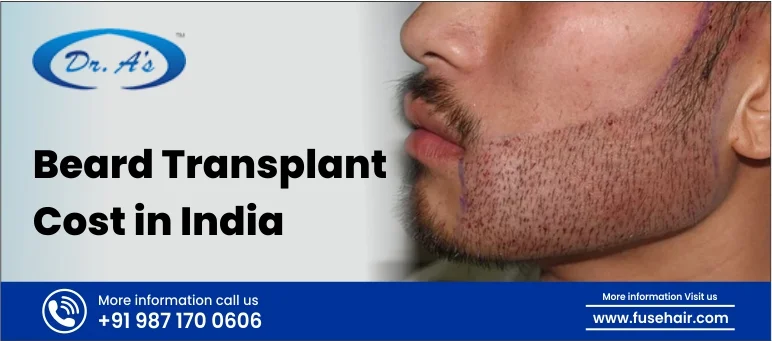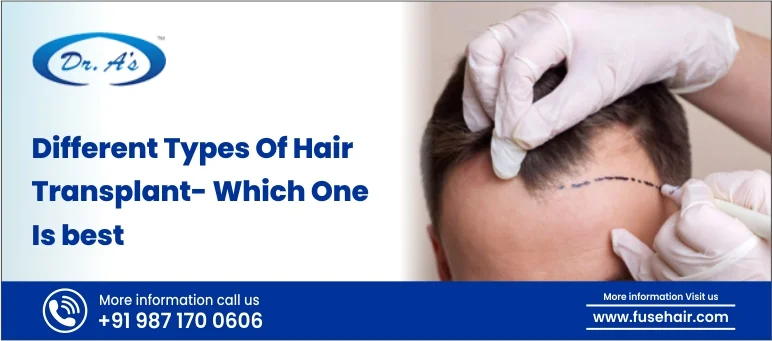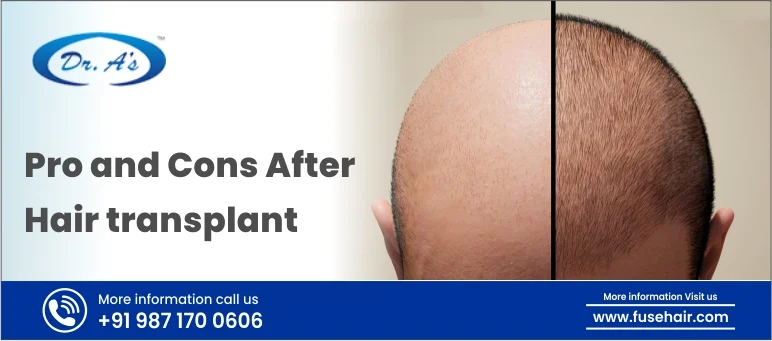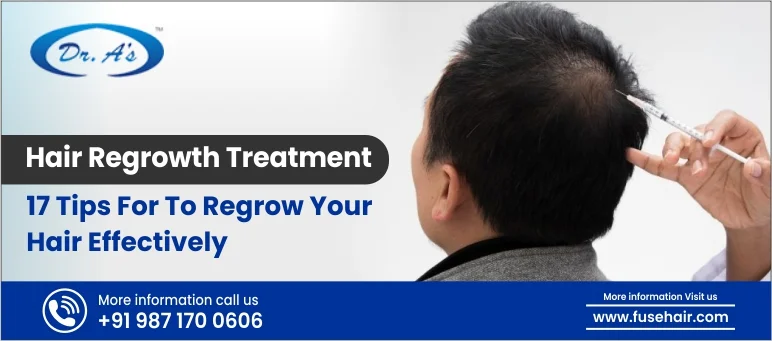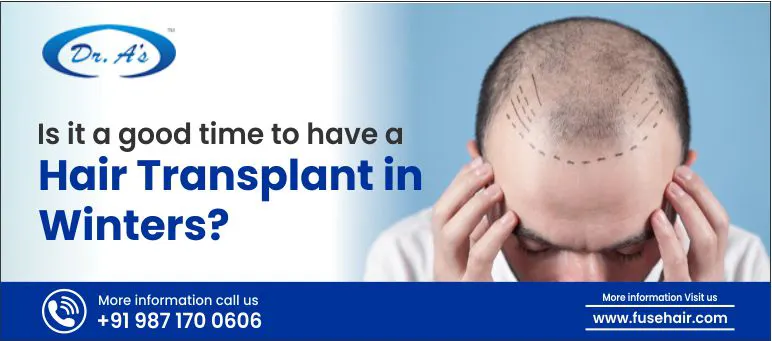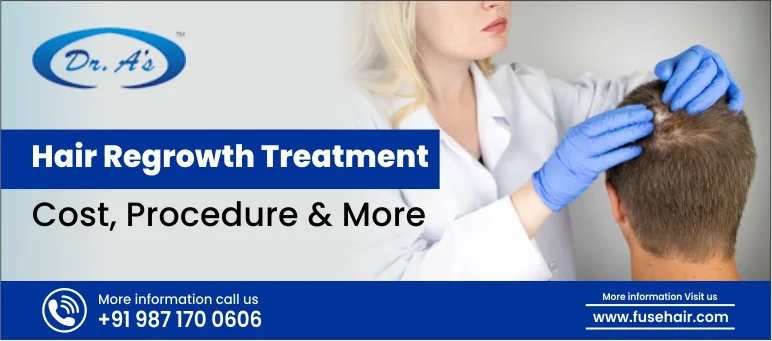
Hair loss is a common concern that affects people of all ages and genders. Losing hair can have a significant impact on one’s life. Causes of hair loss include genetics, hormonal changes, or external factors. Hair loss carries psychological and emotional burdens, which lead many to seek effective regrowth treatments.
Fortunately, advancements in medical science have led to the development of various hair regrowth treatments that offer hope to those experiencing hair loss. Accurate diagnosis can help you to choose the perfect treatment for you. Here is some information that you should keep in mind while going for a hair regrowth treatment.
Causes of Hair Loss
You should understand the underlying cause of your hair loss to find an effective treatment for you. Some of these are:
-
Genetics
It is the most common cause of hair loss. It usually leads to androgenetic alopecia, more commonly known as male or female pattern baldness. It is inherited from either of the parents and can appear at any age. It leads to the gradual thinning of hair and, eventually, baldness.
-
Hormonal Changes
Hormonal imbalance significantly impacts hair growth. The hormone dihydrotestosterone (DHT) is specifically responsible for androgenetic alopecia, causing hair follicles to shrink and produce thinner hair. Conditions such as pregnancy, childbirth, and hormonal disorders like PCOS also contribute to hair loss,
-
Poor Nutrition
Sufficient intake of essential nutrients like vitamins and minerals is necessary for hair health. Inadequate intake can lead to hair loss. Iron deficiency is linked to a type of hair loss called telogen effluvium.
-
Medical conditions
Certain medical conditions trigger hair loss. Autoimmune disorders like alopecia areata may lead to sudden hair loss in small round patches. Thyroid disorders like hypothyroidism and hyperthyroidism also result in hair thinning.
-
Medications
Medications such as those for cancer, depression, heart problems, and high blood pressure usually include hair loss.
-
Stress
Intense physical stress, such as that of surgery or traumatic events, can lead to telogen effluvium, where hair follicles enter a resting stage and cause hair shedding. Chronic stress, anxiety, and depression also contribute to hair loss.
Diagnosis of Hair Loss
Diagnosis of hair loss involves a thorough examination by a qualified surgeon. The overall process combines medical history assessment, physical examination, and laboratory tests to determine the underlying factors.
- Medical History Assessment: Understanding the medical history of a patient is a necessary step in hair regrowth for men. The surgeon will inquire about family history, current medications, illnesses, and significant life events or changes, if any.
- Physical Examination: A detailed examination of the scalp and hair is made to observe patterns of hair loss, the presence of inflammation, and the overall health of the scalp. This helps in determining the type and extent of hair loss.
- Pull test: In a pull test, the healthcare professional gently pulls on a handful of hairs to assess how many hairs come out. An increased number of shed hairs may indicate a specific type of hair loss, such as telogen effluvium.
- Blood Tests: Laboratory tests, including blood tests, may be conducted to identify underlying medical conditions or deficiencies contributing to hair loss. These tests may check hormone levels, iron levels, thyroid function, and other parameters to rule out systemic causes.
- Scalp Biopsy: In some cases, a small sample of the scalp may be taken for microscopic examination. This scalp biopsy provides insights into the health of hair follicles, helping to diagnose conditions such as alopecia areata.
- Imaging: In some cases, diagnostic imaging, such as a dermoscopy or a trichogram, may be employed to magnify and analyze the scalp and hair follicles for a more detailed assessment.
Treatments Available
-
Medications
Medications are also beneficial in hair regrowth for men, particularly for conditions like androgenetic alopecia. Two FDA-approved medications are commonly prescribed:
- Minoxidil: Available in both topical solution and foam, minoxidil is applied directly to the scalp. Believed to widen blood vessels and stimulate hair follicles, it can slow hair loss and promote regrowth. Results are typically visible after several months of consistent use. Side effects are generally mild, including scalp irritation.
- Finasteride: This oral medication is the best hair loss treatment for men with androgenetic alopecia. Finasteride works by inhibiting the hormone dihydrotestosterone (DHT), which is responsible for shrinking hair follicles. It is effective in preventing more hair loss and promoting regrowth in some cases. However, it is not suitable for women and may cause sexual dysfunction in a small percentage of users. Before starting any medication, consulting a healthcare professional is crucial to assess suitability and discuss potential risks and benefits.
2. PRP Therapy
Platelet-Rich plasma (PRP) therapy is an innovative and non-surgical hair loss treatment that stimulates hair regrowth. The procedure harnesses the healing properties of the patient’s own blood to promote hair follicle activity and enhance hair density.
The PRP therapy procedure involves the following steps:
- Blood Draw: A small amount of the patient’s blood, usually around 30-60 milliliters, is drawn from the arm.
- Centrifugation: The drawn blood is then processed in a centrifuge, a machine that spins rapidly to separate its components. It isolates the platelet-rich plasma from other blood components.
- Activation: The concentrated platelets are activated to release growth factors, which play a crucial role in tissue repair and regeneration.
- Injection: The activated PRP is injected into the targeted areas of the scalp with thin needles. These injections deliver a concentrated dose of growth factors directly to the hair follicles.
- Stimulation of Hair Follicles: The growth factors in PRP promote blood circulation and collagen production and stimulate dormant hair follicles, encouraging them to enter an active growth phase.
3. Hair Transplant
Hair transplant is considered the best hair loss treatment designed to address hair loss by relocating healthy hair follicles from one part of the scalp (the donor area) to areas experiencing hair thinning or baldness (the recipient area). The common types of hair transplant procedures are Follicular Unit Extraction (FUE) and Follicular Unit Transplantation (FUT).
In FUE, individual follicular units are extracted directly from the scalp.
In FUT, a strip of hair-bearing scalp is removed from the donor area, typically the back or sides of the head.
In FUT, the strip is dissected into individual follicular units. In FUE, each follicular unit is harvested individually using a small, circular punch tool.
Tiny incisions are made in the recipient area, where the transplanted follicles will be placed. The angle, depth, and distribution of these incisions are critical for a natural-looking result.
The surgeon meticulously places the harvested follicular units into the recipient’s incisions. The placement is strategic to mimic natural hair growth patterns.
After the procedure, patients are given specific postoperative care instructions. This may include information on cleaning the scalp, avoiding certain activities, and using prescribed medications.
4. Low Level Laser Therapy
Low-Level Laser Therapy (LLLT), also known as red light therapy or cold laser therapy, is a non-invasive and FDA-approved procedure aimed at stimulating hair growth in individuals experiencing hair loss or thinning. LLLT utilizes low-level lasers or light-emitting diodes (LEDs) to irradiate photons into the scalp tissues. The absorbed light energy is believed to enhance cellular activity and promote hair follicle health.
The LLLT procedure typically involves the following steps:
- Device Application: LLLT devices come in various forms, including helmets, caps, combs, or panels. Patients wear or use these devices to expose their scalp to low-level laser or LED light.
- Treatment Sessions: Treatment sessions are generally short, ranging from 15 to 30 minutes, and can be performed at home or in a clinical setting. The frequency of sessions varies, but regular and consistent use is recommended for optimal results.
- Stimulation of Hair Follicles: The low-level light penetrates the scalp, reaching the hair follicles. It is thought to increase blood flow, improve cellular metabolism, and stimulate dormant hair follicles to transition into the active growth phase.
- No Thermal Damage: Importantly, LLLT operates at a low intensity, producing no heat and causing no thermal damage to the skin or scalp.
Precautions To Follow Before Going For a Hair Transplant
Here are key precautions individuals should take:
- Overall Health Assessment: Ensure general health is optimal. Addressing underlying medical conditions or nutritional deficiencies can positively impact hair health.
- Realistic Expectations: Understand the expected outcomes of the chosen treatment. Not all treatments guarantee full restoration and individual responses may vary.
- Allergies and Sensitivities: Disclose any allergies or sensitivities to medications or treatment components. This information is crucial to avoid adverse reactions.
- Pregnancy and Breastfeeding: Consult with the healthcare provider if pregnant or breastfeeding, as some treatments may not be suitable during these periods.
- Cost Considerations: Understand the financial aspects associated with the chosen treatment. Consider the long-term commitment and potential additional costs.
- Pre-Treatment Scalp Care: Follow any pre-treatment instructions provided by the healthcare professional. This may include scalp cleansing or avoiding certain products before the procedure.
- Avoiding Self-Treatment: Refrain from self-prescribing or using over-the-counter products without professional advice. Improper use may lead to ineffective results or adverse effects.
- Post-Treatment Care: Be aware of and commit to any post-treatment care instructions. This may involve avoiding certain activities or products for a specified period.
Hair Regrowth Treatments Cost
Hair regrowth treatment cost may vary depending upon the treatment. Below we have tabulated the cost associated with the different treatment.
| Treatment | Cost Range |
| Medications | INR 1500 to INR 7500 per month |
| PRP Therapy | INR 10,000 to INR 50,000 per session |
| Hair Transplant (FUT) | INR 5,000 to INR 2,50,00 |
| Hair Transplant (FUE) | INR 75,000 to INR 3,50,000 |
| Low Level Laser Therapy (LLLT) | INR 5,000 to INR 20,000 per session |
Conclusion
Addressing hair loss involves a diverse range of medical and cosmetic interventions, considering factors such as genetics, hormones, and environmental influences. Surgical options like hair transplantation and scalp reduction, along with medications and non-surgical treatments, offer diverse approaches to stimulate hair regrowth. Personalized care and informed decisions contribute to achieving the desired results in the journey toward a fuller and healthier head of hair.
You can now discover your path to a fuller, healthier head of hair with Dr A’s Clinic – your trusted destination for comprehensive hair restoration treatments at an affordable range. Led by the experienced Dr. Arvind Poswal, our clinic offers cutting-edge technologies to address various hair concerns. From surgical solutions like hair transplantation and scalp reduction to non-surgical alternatives such as GFC hair treatment, scalp micropigmentation, and low-level laser therapy – we provide a range of treatments tailored to your needs.




















